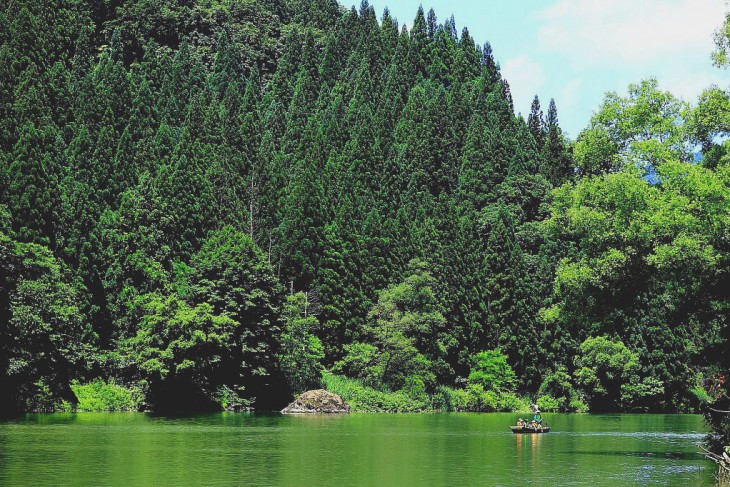
Mishima Town, in rural Oku-Aizu, is known for its beautiful scenery, historic craft techniques, delicious soba (buckwheat), and high quality Paulownia wood, known as ‘kiri’ in Japanese.
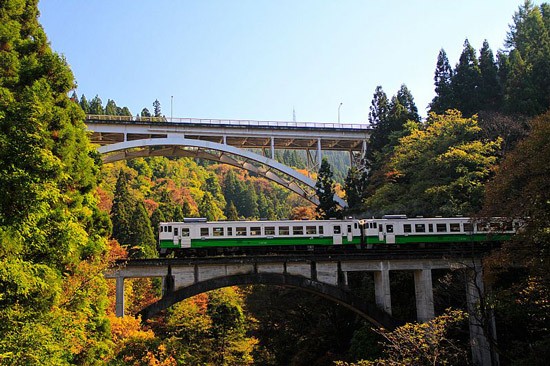
Mishima has also been gaining attention in recent years for a less positive reason – the population of the town is shrinking, fast. Approximately 1700 people now live in Mishima; half of whom are over the age of 65 (Current as of Dec 2017).
Although Mishima’s intricately woven baskets and everyday hand-made items have been growing in popularity, local people are starting to worry that the town’s traditions will soon become a dying art. I think that Mishima is a very special area, and hopefully you think so too by the time you have read this post!
1. TADAMI RIVER VIEWS
One of the most well-known things about Mishima is that it is home to fantastic viewpoints of the stunning Tadami River, and the Tadami Line train that passes over it.
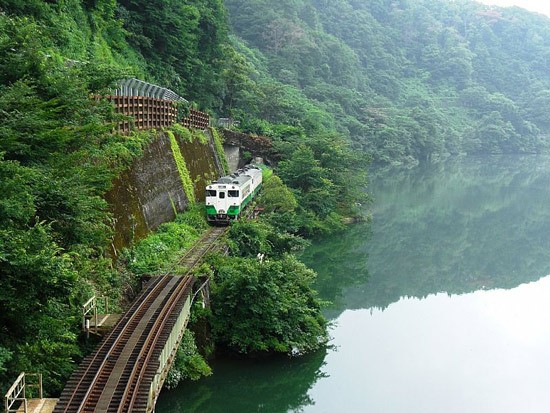
The most popular view spot can be reached by foot from the Michi-no-Eki Ozekaido Mishima-juku (Roadside Station) in less than 5 minutes.
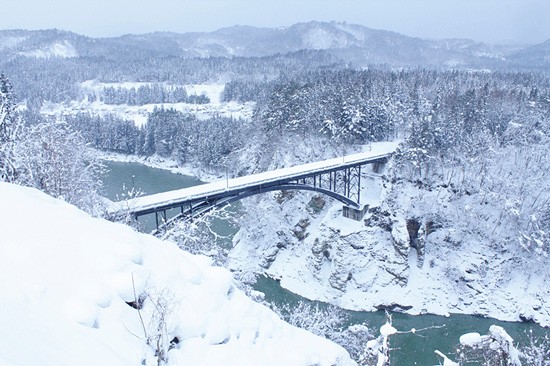
2. TRADITIONAL & HISTORIC CRAFTS
Mishima is a town of historic craft techniques. Mishima – and by extension Oku-Aizu – techniques for creating woven products have been designated as Japanese Traditional Craft Properties.
Historic ruins of dilapidated houses from the Jomon Era (14,000- 300BC) have provided evidence that hand-made items similar to those used today have existed in Mishima since ancient times.
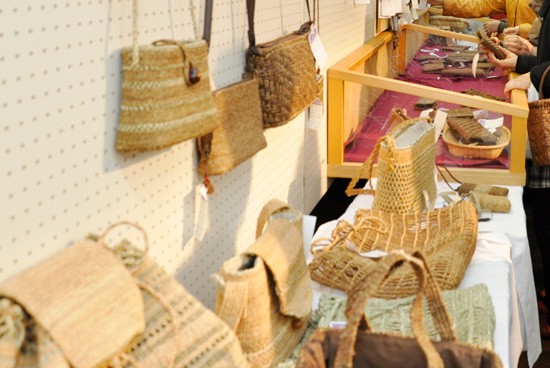
Mishima is one of the few places in Japan where handmade crafts that haven’t really changed since ancient times continue to play an integral part in everyday life – kitchen tableware, handbags, mats, chests of drawers… you name it, it can probably be made in Mishima.
Since 1975, there has been a movement among people from Mishima to make the utmost effort to continue their town’s tradition of utilising the abundant natural resources around them to carry out their lifestyles, and to pass on this tradition to future generations.
This movement’s focus on placing high value in Mishima’s traditional crafts was included in the town’s constitution. I’ve included it below, along with my own translation.
- 家族や隣人が車座を組んで
- 身近な素材を用い
- 祖父の代から伝わる技術を活かし
- 生活の用から生まれるもの
- 偽りのない本当のもの
- みんなの生活の中で使えるものを
- 山村に生きる喜びの表現として
- 真心を込めてつくり
- それを実生活の中で活用し
- 自らの手で生活空間を構成する
- Friends and family sitting in a circle,
- Making use of local materials,
- Using technology passed down by their grandfathers,
- Things born from the tasks of the everyday.
- Real things, not false things,
- Things everyone can use in their lives.
- They are expressions of our joy at living in a mountain village,
- The process of making full of devotion.
- Make use of it in your everyday life,
- Organise your living space with your own hands.
You can try getting hands-on with local craft techniques from centuries ago at the Craft Hall in Mishima Town, where you can try out making a range of items such as wooden dragonflies, for very reasonable prices!
3. EVERYTHING KIRI
Kiri trees (Paulownia trees) have been cultivated in Mishima Town since the 17th century. They symbolize resilience, as they are the fastest-growing hardwood tree.
Kiri is also particularly symbolic for the people of Mishima, as the area has a tradition of planting a kiri tree upon the birth of a daughter. When the girl grows up and her wedding day approaches, the same tree will be cut down and transformed into a dresser, which in turn will be presented to her as a wedding gift.
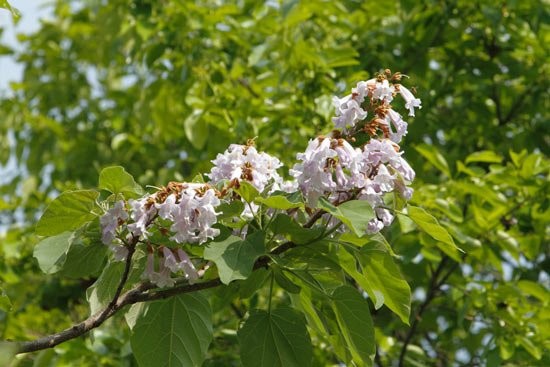
Kiri is naturally insect-repellent, has moisture-repelling properties, and burns at a comparatively high temperature, making Mishima’s high-quality kiri a great material for construction. It’s especially well-known for being used in chest of drawers.
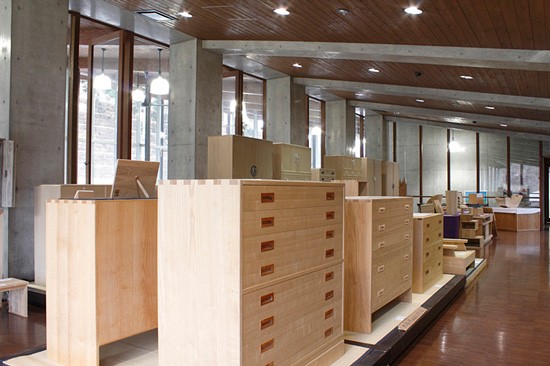
The town is so proud of kiri wood that it is sometimes even incorporated into local cuisine in the form of Kirisumi Pasta – dark black pasta, made using the charcoal of kiri wood.
4. LOCAL FESTIVALS
In February, a Snow & Fire Festival is held in each of the 13 areas of Mishima Town. It is held in order to pray for safety from illness and harm, as well as praying for a good harvest for the year to come.
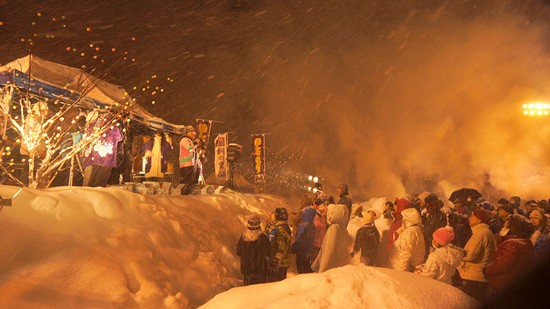
Large straw pillars known as Sainokami are set on fire during the festival, which looks spectacular when it contrasts against the bright, white snow which falls thickly in the winters.
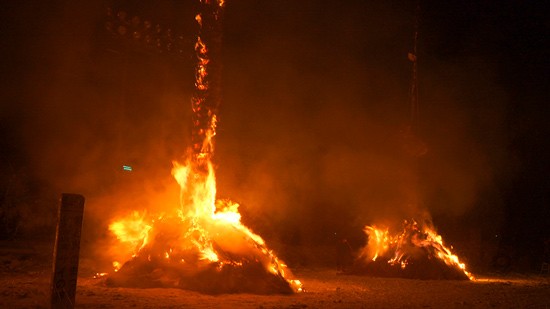
Another event held regularly in Mishima Town is the Kojin Festival. At this festival – usually held in June – craftsmen from 150 stores from across Japan gather in Mishima Town, and hold a craft market.
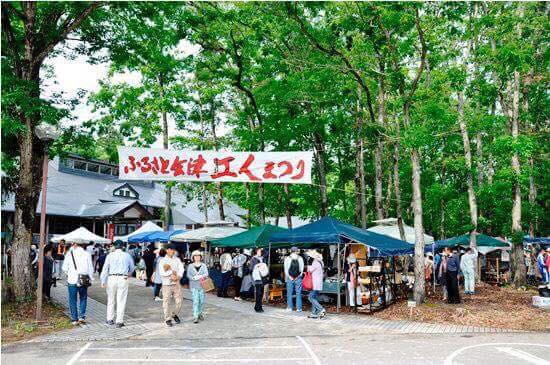
Although Oku-Aizu is well-known for its woven products, the hand-made items on display are very varied, and include woodwork, pottery and glasswork.
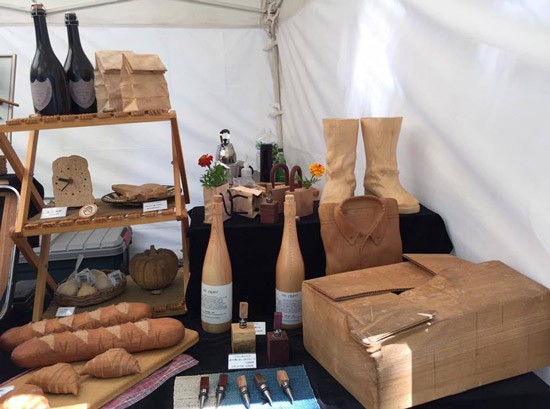
5. FARMING EXPERIENCES
The people of Mishima are proactive about finding a solution to the depopulation of the town, whilst simultaneously ensuring a future for the traditional craft culture so firmly rooted in the town’s identity.
Mishima has done this by opening the Mishima Lifestyle Craft Academy. This academy offers participants from cities a chance to experience working on a rural farming community in Mishima Town for 10 months (participants must be able to communicate fully in Japanese!).
As part of this farming lifestyle experience, participants learn farming techniques, cook local food, take part in festivals, study the town’s history, as well as improving vocational skills such as design and marketing.

They also get experience with hands-on skills like weaving, woodwork and pottery. Participants take part in a homestay, the majority of their lifestyle cost, and receive a stipend every month.
There are also a number of themed tours held annually to introduce some of the most special aspects of Mishima Town, including those themed around hiking, onsen, cooking, practicing sazen (Buddhist meditation), and snowshoe trekking.
The idea is that people who come to Mishima via the farming lifestyle experience program or the tours will fall in love with this charming town, and consider a lifestyle change by moving to Mishima in the future.
I certainly think there is a lot to love in Mishima. I hope you have begun to feel the same, and that you get a chance to visit this beautiful area – so rich with nature and tradition.


